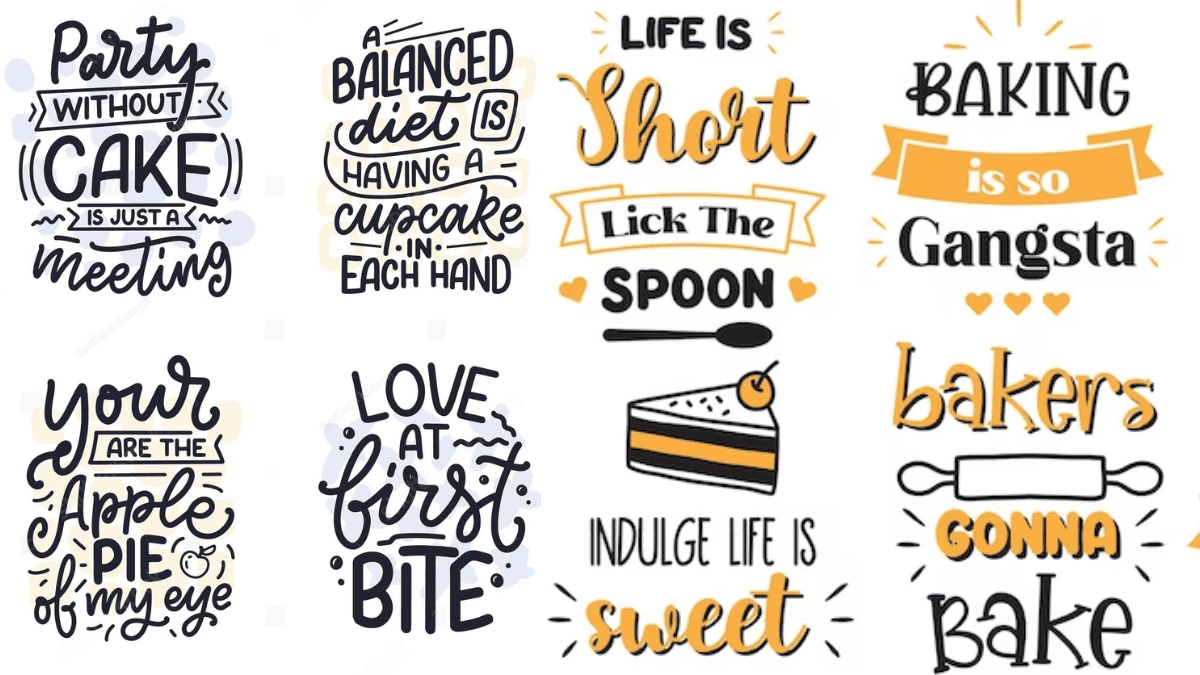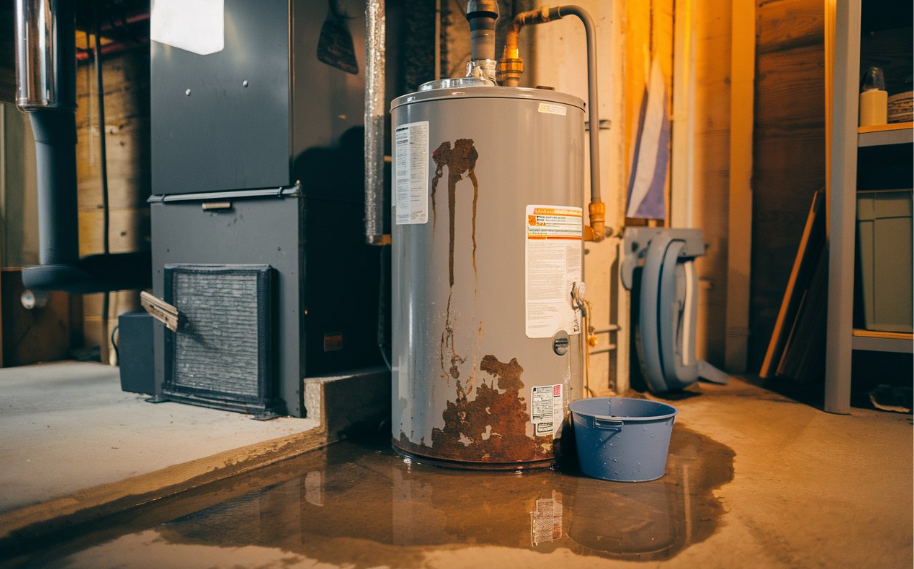A sharp knife is more than just a kitchen tool, it’s an essential companion for any culinary adventure. Whether you’re slicing through tender vegetables or carving the perfect roast, having a sharp knife can make all the difference. But how do you know if your trusty blade is up to the task? Testing the sharpness of a knife might seem like a simple task, but there’s more to it than meets the eye.
In this guide, we’ll dive deep into why keeping your knives sharp matters and explore various methods for testing their readiness. You’ll learn about different sharpening tools available on the market, along with practical tips to maintain that keen edge you’ve come to rely on. Ready? Let’s ensure your knives are always at their best!
The Importance of a Sharp Knife
A sharp knife is crucial for efficiency in the kitchen. It allows for precise cuts, enhancing presentation and ensuring even cooking. When your knife glides through ingredients effortlessly, you’ll find meal prep becomes a joy instead of a chore.
Beyond convenience, safety plays a significant role. Dull knives require more force to cut, increasing the risk of slips and accidents. A well-sharpened blade provides better control and reduces these dangers.
Moreover, using a sharp knife preserves the integrity of food. Clean cuts minimize bruising on fruits and vegetables, keeping them fresher longer while retaining their flavors. This attention to detail can elevate any dish from ordinary to extraordinary.
Understanding the importance of maintaining that razor-edge isn’t just about performance; it’s about respect for your craft and the ingredients you work with every day.
Different Types of Sharpening Tools
When it comes to sharpening knives, various tools can help you achieve that razor-sharp edge. Each type has its strengths and weaknesses, catering to different preferences.
Whetstones are popular among professionals and home cooks alike. They come in varying grits and allow for precise control over the sharpening process.
Honing rods are often used for maintenance rather than full sharpening. They realign blade edges but don’t remove material like stones do.
Electric sharpeners offer convenience. With a simple push of a button, they can quickly restore your knife’s edge, making them ideal for those short on time.
Pull-through sharpeners provide an easy solution as well. Just slide the blade through the designated slots for quick results; however, they may not yield the best precision compared to other methods.
Understanding these tools helps you choose what fits your needs best while ensuring your knives remain sharp and efficient.
Step-by-Step Guide to Testing Knife Sharpness
Testing the sharpness of a knife is straightforward and can be done with a few simple techniques.
One effective method is the paper test. Hold a piece of regular printer paper vertically and try slicing through it with your knife. A sharp blade will cut cleanly, while a dull one will struggle or tear the paper.
Another approach involves using tomatoes. Gently press the blade against the skin of a ripe tomato. If it glides through effortlessly, your knife is in good shape. If you have to apply pressure or if it crushes instead of slicing, it’s time for sharpening.
You can also use your fingernail as an indicator. Lightly drag the edge across your nail at about a 20-degree angle; if it catches slightly without sliding off, that’s a strong sign of sharpness.
These quick tests are practical ways to assess whether your knife needs attention!
Signs That Your Knife Needs Sharpening
A dull knife can be frustrating and unsafe to use. One key sign that your knife needs sharpening is when you notice it struggling to slice through food. If you’re applying too much pressure, it’s time for a touch-up.
Another indicator is if the blade drags rather than glides during cutting. This resistance not only makes cooking tedious but also increases the risk of slipping and injuring yourself.
Look out for visible nicks or chips on the edge as well. These imperfections can drastically affect performance, making precision cuts nearly impossible.
If you find yourself honing your knife more frequently without achieving the desired sharpness, it’s likely due to a proper sharpening session. Recognizing these signs early will keep your kitchen tasks smooth and safe.
Tips for Maintaining Knife Sharpness
To keep your knives sharp longer, proper storage is essential. Avoid tossing them in a drawer where blades can collide with other utensils. Instead, use a knife block or magnetic strip to protect the edges.
Regular honing is another key practice. A honing steel doesn’t sharpen but realigns the blade’s edge, enhancing cutting performance between sharpening sessions. It only takes a few strokes before you start chopping.
Washing knives by hand rather than in a dishwasher also helps maintain their sharpness. The high heat and harsh detergents found in dishwashers can damage both the blade and handle over time.
Always cut on appropriate surfaces like wood or plastic boards. Cutting on glass or stone can dull your knife quickly and might cause chipping as well. Protecting your tools ensures they remain effective for years to come.
Common Mistakes to Avoid When Sharpening Knives
Sharpening knives can be straightforward, but several common mistakes can hinder your results. One major pitfall is using the wrong angle. Each knife has a specific bevel that requires attention for optimal sharpness.
Another frequent error is applying excessive pressure while sharpening. Heavy-handed approaches can damage the blade instead of enhancing its edge. Light and consistent strokes yield better outcomes.
Using dull or dirty whetstones also compromises effectiveness. Ensure your tools are in good condition before starting the process.
Failing to maintain a steady rhythm during sharpening may lead to uneven edges, making it difficult to achieve desired sharpness levels.
Neglecting regular maintenance after sharpening often leads back to blunt blades sooner than expected. Regular touch-ups can prevent larger issues down the line and keep your knives performing at their best.
Conclusion
A sharp knife is not just a kitchen tool; it’s an essential companion for anyone who cooks. Understanding how to test the sharpness of a knife can significantly improve your cooking experience, making food prep quicker and safer. Regularly maintaining your knives with the right tools will prolong their lifespan and effectiveness.
By familiarizing yourself with various sharpening methods and recognizing when your knives need attention, you’ll enhance both precision and safety in meal preparation. Avoid common pitfalls that could lead to dull edges or damage, ensuring that each blade remains as effective as possible.
Testing knife sharpness doesn’t have to be complicated. With the techniques outlined above, you’re now equipped to keep your knives in top condition—which means better meals ahead! Happy cooking!





